
Review on 💾 WEme USB 3.0 to SATA Dual-Bay External Hard Drive Docking Station with Offline Clone/Duplicator Function for 2.5 & 3.5 Inch HDD SSD SATA (SATA I/II/III) Support 2X 8TB & UASP, Tool-Free: Efficient Storage Solution with High Capacity and Easy Duplication by Imran Roach

Used once, worked great, will be updated Includes hardware cloning instructions
I have only used this product once before and it was to do an offline clone without connecting to a PC. Everything went perfectly. I'll provide a step-by-step guide of what I did below in case anyone is looking for a comprehensive resource. I am not responsible for what you can do with this knowledge. Keep in mind that I'm only talking about using computers with similar computers (Mac and Mac or Windows and Windows) and drives that are already in the same format. You can find instructions on how to do this elsewhere under "How to format a Mac/Windows hard drive” and these articles often also provide information on what the different formats mean in your practical use and in which situations you should choose which one . . my hard drives. To do this, I cloned my 256GB SSD, which contains my essential programs and operating system, to a brand new 1TB SSD. 2) Place both drives in the docking station. The power must be turned off when inserting or removing data carriers, otherwise you risk damage and data loss. Remember that when cloning, the source disk must be inserted into slot A and the new target disk must be inserted into slot B. The arrows help you to view the data transfer flow. The new hard drive should be larger. You might get by with the same size, but you run the risk that not all hard drives, even those of the same class, are the same. 3) Turn on the power. The power button must be pressed. The Power LED is green and the LEDs next to each drive should be amber. 4) Press and hold the "Clone" button for about 3 seconds. The blue LED at "100%" should start to glow. Click the clone button again. If you wait too long and the blue light disappears, nothing happens, everything looks the same as it was before you pressed the clone button. In this case, press and hold the Clone button again and immediately press the button when the blue LED lights up. At this point, the blue LED next to "25%" will flash rapidly to indicate progress. It will glow solid when reaching each of the 25%, 50%, 75% milestones and the next milestone LED will flash rapidly. Cloning is complete when all lights stay on for two minutes or turn off by themselves. 5) Turn off the docking station. The new drive can be installed anywhere. 6) If, like me, you've copied a smaller internal drive (although this should work for external drives too) to a larger one, you still have a few steps to do on the software side. 7A) On Windows, right-click the Windows icon in the lower-left corner and select Disk Management. Here you can see all the drives that you have connected to your computer. Be careful to choose the right one if you have more than one, as you risk deleting, formatting, corrupting, damaging, etc. other drives while trying to work with them, although it often pops up in Windows are warning you about not doing anything too stupid. The cloned drive will have an amount of unallocated space equal to the difference between the source and destination drives (about 750GB between 250GB and 1TB drives in my case). Right-click the pane currently available for use and select Expand. A Windows pop-up will appear explaining what is going on and that only plain volumes or unallocated space can be used for expansion. If you agree and everything went right, you should find the hard drive in its original size and all your cloned files in the same place and place. This meant my operating system was fine, all my settings were exactly as they were before the clone, my programs were still there and usable, and I had a lot more free disk space. 7B) On a MAC, use the preinstalled Disk Utility application to check your drive. As in Windows, select the correct drive and expand it.
- Same as everything before
- Volume
New products
Comments (0)
Top products in 💽 Hard Drive Accessories
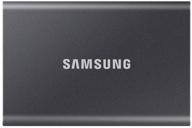
1 TB External SSD Samsung T7, USB 3.2 Gen 2 Type-C, grey

15 Review
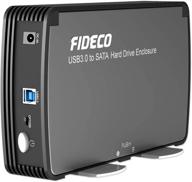
📦 FIDECO 3.5/2.5-Inch Hard Drive Enclosure Case with Fan, USB 3.0 to SATA Adapter for HDD & SSD External Hard Drive - Supports 16TB with UASP

12 Review
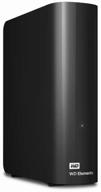
10 TB External HDD Western Digital WD Elements Desktop, USB 3.0, black

17 Review

External sound card Focusrite Scarlett 2i2 3rd Gen

16 Review
Another interesting products
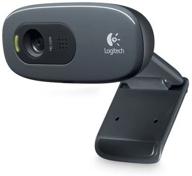
🎥 Logitech C270 Webcam: Crystal Clear Video and Superior Quality

183 Review

Smartphone Samsung Galaxy A50 4/64 GB, 2 SIM, black

82 Review

Renewed Logitech G PRO X Wireless Lightspeed Gaming Headset with Blue VO!CE Mic Filter for Immersive Gaming Experience

122 Review
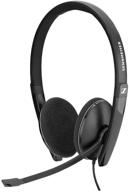
Sennheiser PC 8 2 Cancelling Microphone

71 Review

